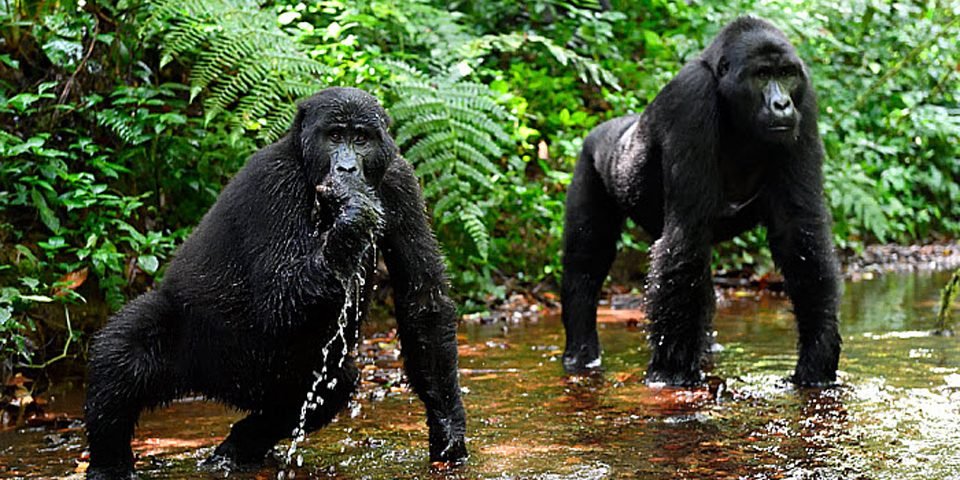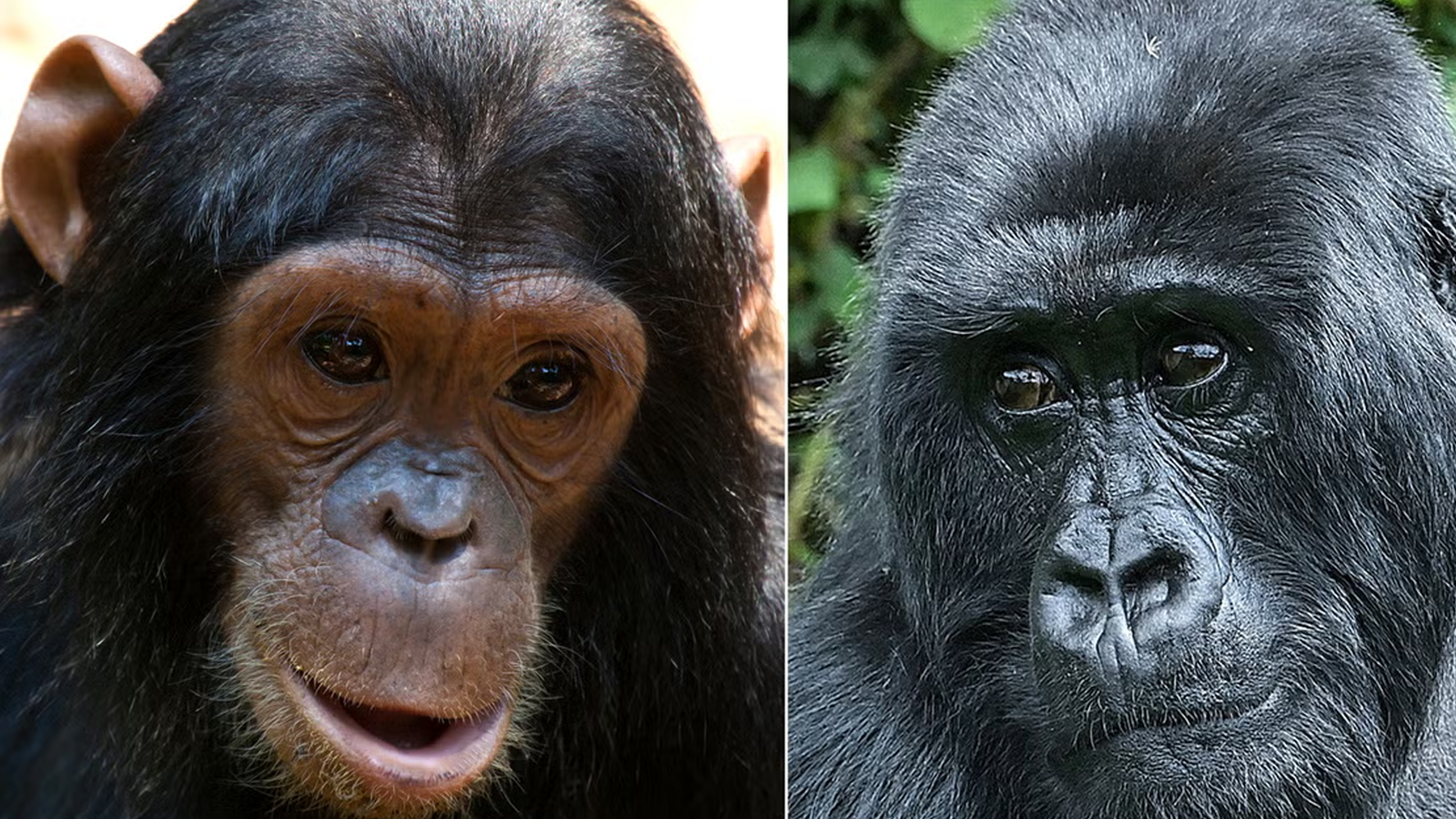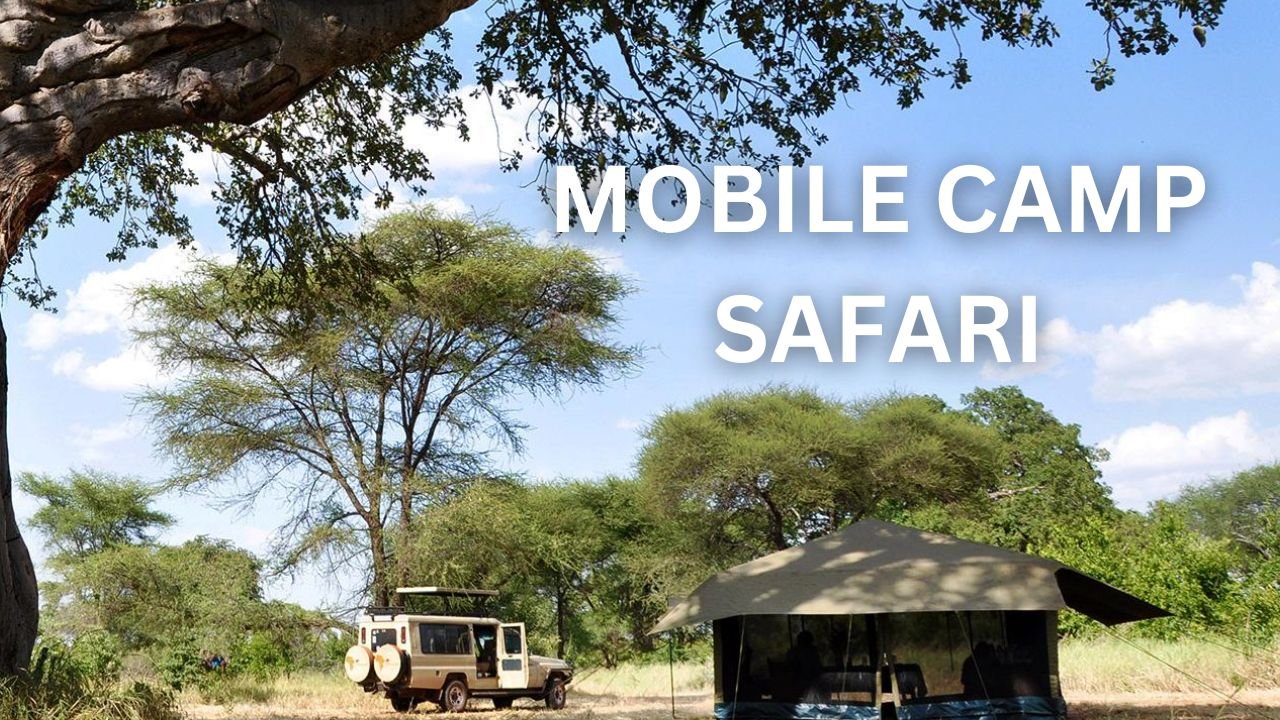Gorilla Encounters in Bwindi National Park
Gorillas are generally not aggressive or dangerous animals, and they are not known for attacking humans without provocation. In fact, gorillas are considered to be peaceful and gentle creatures, known for their social behavior and close-knit family structures. In the wild, they primarily focus on their daily activities such as foraging, grooming, and playing. Gorillas are also highly intelligent and have been observed showing signs of empathy and compassion. They are herbivores and mainly feed on plants, fruits, and leaves. Their main priority is to protect and care for their family group.
Bwindi Impenetrable National Park in Uganda is well-known for its population of endangered mountain gorillas. Tourists visit the park for gorilla trekking experiences, where they can observe gorillas in their natural habitat.
However, during such treks, it is important for visitors to follow the guidelines provided by the park authorities and guides to ensure both their safety and the well-being of the gorillas.
While gorilla attacks on humans are exceptionally rare, there have been a few isolated incidents reported over the years. These incidents are typically a result of humans encroaching on their territory, feeling threatened, or not following the prescribed rules during gorilla encounters. When humans come across gorillas in the wild, it’s essential to remain calm, keep a safe distance, and avoid any sudden movements.
It is worth noting that mountain gorillas, the species found in Bwindi National Park, are critically endangered. Conservation efforts and responsible ecotourism play a significant role in protecting these magnificent creatures and their habitats. Park authorities and tour operators take extensive precautions to minimize potential risks and ensure the safety of both the gorillas and visitors.
Gorilla trekking in Bwindi Impenetrable National Park is a thrilling and unforgettable experience. However, to ensure the safety of both visitors and gorillas, it’s essential to follow the guidelines provided by the park authorities and guides.
Gorillas are also highly intelligent and have been observed showing signs of empathy and compassion. They are herbivores and mainly feed on plants, fruits, and leaves. Their main priority is to protect and care for their family group.
Bwindi Impenetrable National Park in Uganda is well-known for its population of endangered mountain gorillas. Tourists visit the park for gorilla trekking experiences, where they can observe gorillas in their natural habitat.
However, during such treks, it is important for visitors to follow the guidelines provided by the park authorities and guides to ensure both their safety and the well-being of the gorillas.
While gorilla attacks on humans are exceptionally rare, there have been a few isolated incidents reported over the years. These incidents are typically a result of humans encroaching on their territory, feeling threatened, or not following the prescribed rules during gorilla encounters. When humans come across gorillas in the wild, it’s essential to remain calm, keep a safe distance, and avoid any sudden movements.
It is worth noting that mountain gorillas, the species found in Bwindi National Park, are critically endangered. Conservation efforts and responsible ecotourism play a significant role in protecting these magnificent creatures and their habitats. Park authorities and tour operators take extensive precautions to minimize potential risks and ensure the safety of both the gorillas and visitors.
Gorilla trekking in Bwindi Impenetrable National Park is a thrilling and unforgettable experience. However, to ensure the safety of both visitors and gorillas, it’s essential to follow the guidelines provided by the park authorities and guides.
Important things to avoid to prevent accidents during gorilla trekking:
- Maintaining a safe distance: While gorillas are habituated to human presence to some extent, it’s crucial to maintain a safe distance from them. Keep a recommended distance of at least 7 meters (about 23 feet) to avoid any accidental encounters or disturbances.
- Avoid direct eye contact: In gorilla communication, direct eye contact can be seen as a threat or challenge. While observing gorillas, it’s best to avoid prolonged eye contact and instead use relaxed body language.
- Don’t touch the gorillas: As tempting as it may be, avoid touching the gorillas. Human diseases can be harmful to them, and physical contact can also disrupt their natural behavior.
- Follow your guide’s instructions: The park guides are experienced and well-trained in gorilla behaviour. Always follow their instructions and guidelines for your safety and that of the gorillas.
- Avoid flash photography: The use of flash can startle the gorillas and cause unnecessary stress. Stick to natural light photography and ensure that camera sounds are silenced.
- Stay in your group: During the trek, always stay close to your group and guide. Straying off can increase the risk of accidents or encounters with wildlife.
- Do not feed the gorillas: Feeding gorillas is strictly prohibited, as their natural diet is essential for their health and well-being. Human food can be harmful to them and alter their natural behavior.
- Remain calm and quiet: Loud noises and sudden movements can agitate gorillas. Keep your voice low and maintain a calm demeanor throughout the encounter.
- Follow Park regulations: Bwindi National Park has specific rules and regulations for gorilla trekking. These are put in place to protect both visitors and gorillas. Make sure to adhere to these guidelines at all times.
- Do not trek if you’re sick: If you have any contagious illness, you should not participate in the trek to prevent the risk of transmitting diseases to the gorillas. Instances of Gorilla Encounters in Bwindi National Park
 However, it’s essential to be aware of potential risks to ensure a safe and enjoyable experience: Instances of Gorilla Encounters in Bwindi National Park
However, it’s essential to be aware of potential risks to ensure a safe and enjoyable experience: Instances of Gorilla Encounters in Bwindi National Park
- Strenuous Trekking: Gorilla trekking involves hiking through rugged and dense terrain to reach the gorillas’ location. Depending on the location of the gorilla family being visited, the trek can be physically demanding and may pose a challenge to some individuals.
- Altitude and Weather: Bwindi National Park is located at high altitudes, which can cause altitude-related issues for some visitors. Additionally, weather conditions in the park can be unpredictable, ranging from rain to sunshine. Proper preparation for varying weather conditions is essential.
- Close Proximity to Wild Animals: Gorilla trekking brings visitors into close proximity with wild gorillas, and there is always a slight risk of accidental encounters or surprises during the trek.
- Transmission of Diseases: Gorillas are susceptible to human diseases, and even minor illnesses that may not affect humans significantly can be deadly to gorillas. Visitors are advised not to participate in trekking if they are experiencing any contagious illness.
- Trips and Falls: The rugged terrain can increase the risk of trips and falls, potentially leading to injuries. It’s important to watch your steps and be cautious during the trek.
- Gorilla Behaviour: Although gorillas are generally peaceful, they are wild animals and can act unpredictably. Guides are trained to interpret gorilla behavior and ensure the safety of visitors during encounters.
- Security: While Bwindi National Park is a safe destination for tourists, like any remote area, it’s essential to follow the guidance of your guides and be aware of your surroundings.



